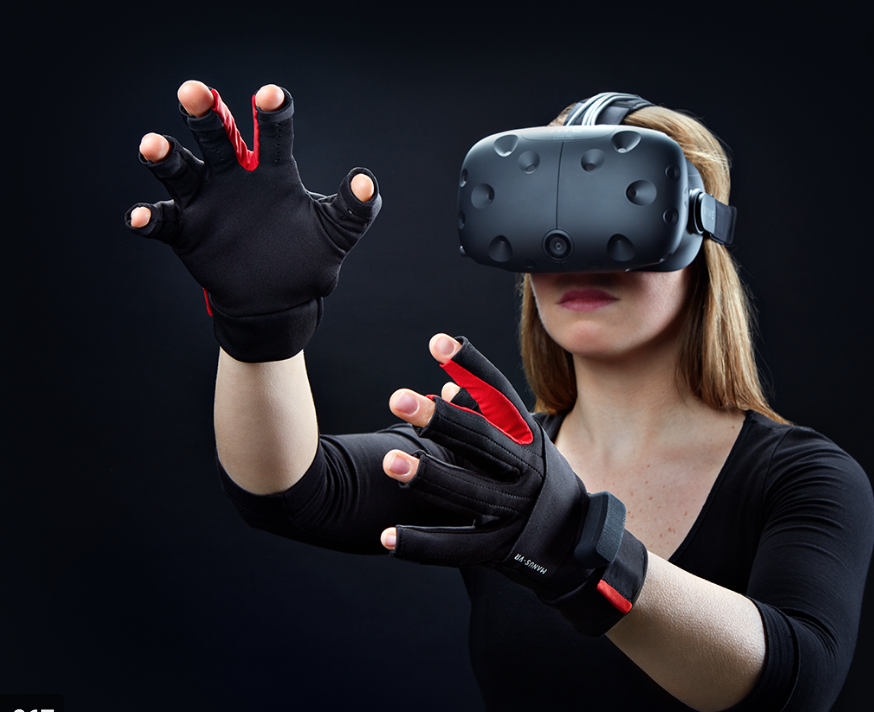
Haptic Gloves Are Grabbing Headlines
Ultrahaptics Gets Firm Grip on VR Gloves
When you are a start-up in London and 70 million pounds is raised to invest in your product, the future probably looks pretty bright. That’s roughly $85 million in U.S. dollars by the way.
Ultrahaptics has done just that. An article by Mathew Field in the telegraph.co.uk revealed some of the details that might make this company the one to introduce a quality haptic glove that will make users feel like Tom Cruise in the Minority Report. Cruise’s character moved his fingers in front of a screen and all the photos and data he wanted was accessed with a flick of his fingers. Actor Matt Damon used the same tech as his character in the 2015 movie, The Martian.
Ultrahaptics has the technology that transmits detailed ultrasound from a device, creating what it calls “mid-air” haptics, meaning you can feel a virtual button or switch that isn’t there. Such haptics could play a role in future virtual reality applications and revolutionize how we consume media or play video games according to a report by James Cook, of the Telegraph.
A start-up launched in 2013 by Tom Carter, a Bristol University graduate, Ultrahaptics is now valued at £130m. It’s rare for a British start-up to buy out a Silicon Valley firm, but it acquired controller-maker Leap Motion earlier this year.

Ultrahaptics headquarters in Bristol, England.
Apple is also pushing their haptic program in a big way. Apple has worked on haptic feedback on its iPhones through its 3D touch technology, while Google snapped up British haptic feedback start-up Redux last year, according to Fields research. Apple has produced haptic effects felt on your iPhone and it still has not produced the results they’ve been satisfied with. Close but no cigar just yet.
From their Patently Apple page we learned it was March 28, 2019 the U.S. Patent & Trademark Office published a patent application from Apple relating to iDevices that deliver haptic output. More particularly, the invention relates to providing electrostatic haptic output through coating a surface of an idevice with a conductive coating and a passivation coating over the conductive coating. Instead of haptics primarily being vibratory in nature such as to inform a user of an incoming message, electrostatic haptic output is far more advanced in that it could be localized to a very specific part of a display, such as a volume button on a display, giving distinct feedback and/or friction to the user’s touch.
So whether it’s haptic gloves for VR video games, or haptic-driven friction felt when touching the glass on a smartphone screen, it will add a realistic dimension to digital experiences.
read more at telegraph.co.uk







Leave A Comment